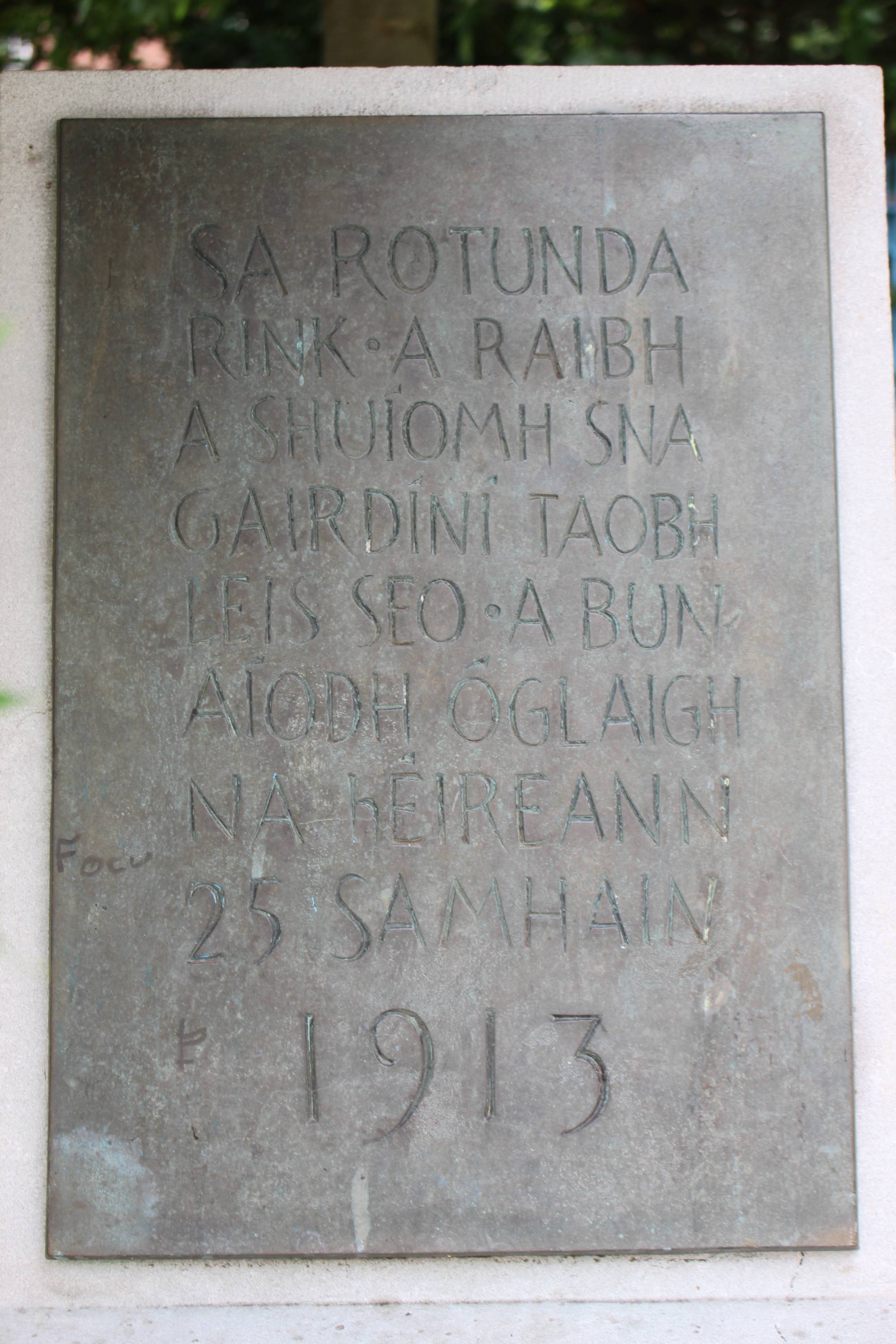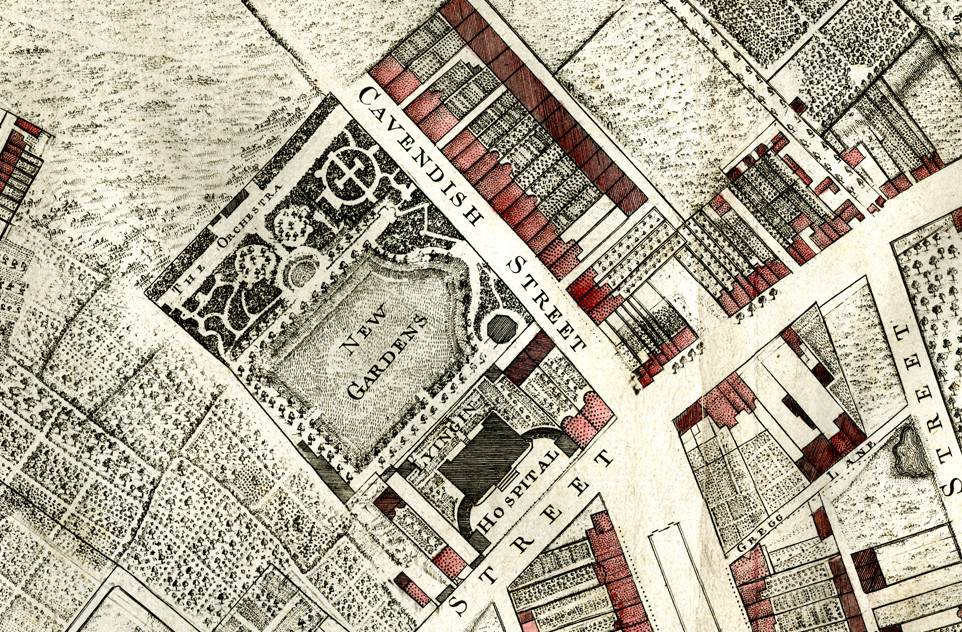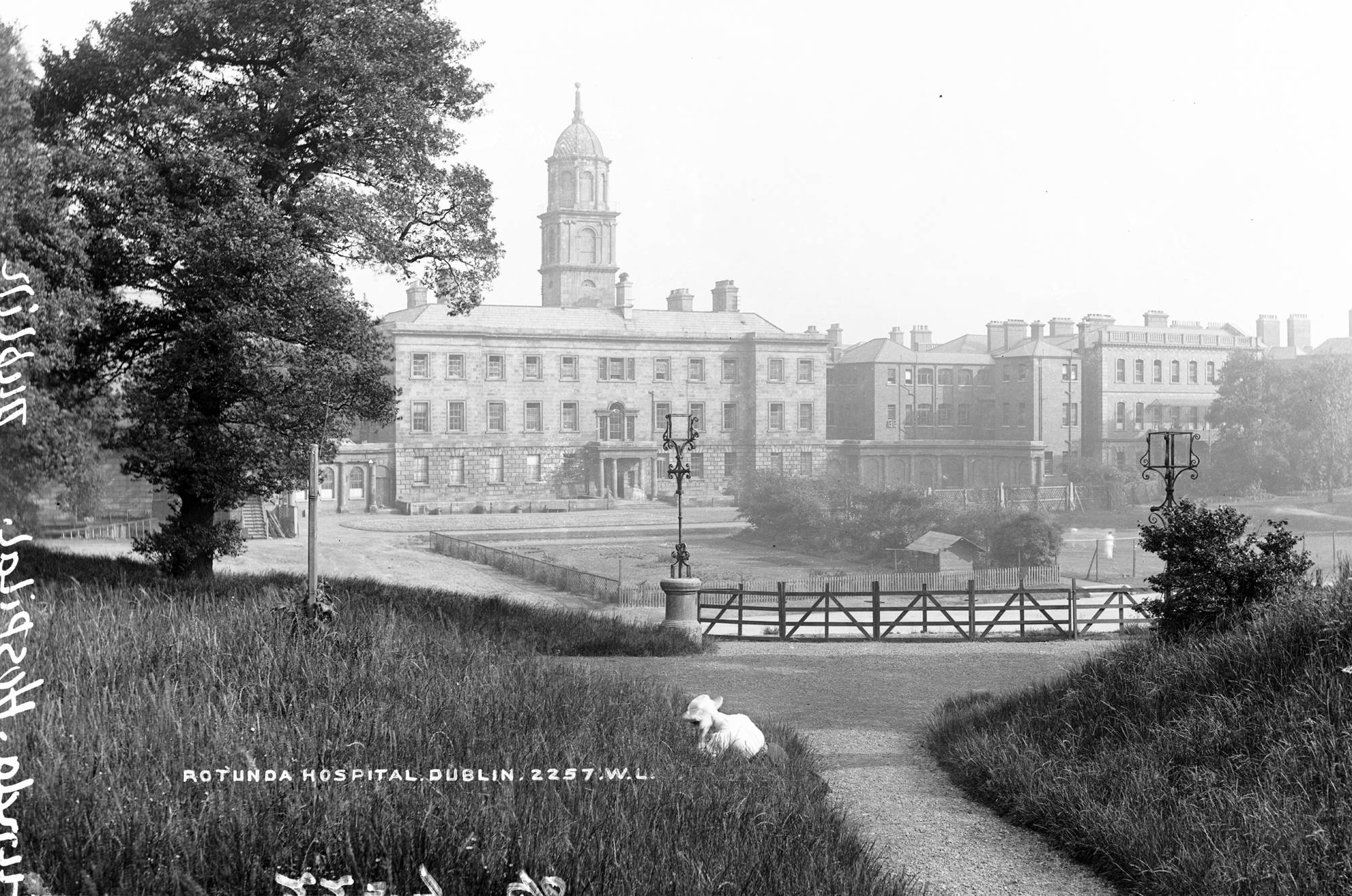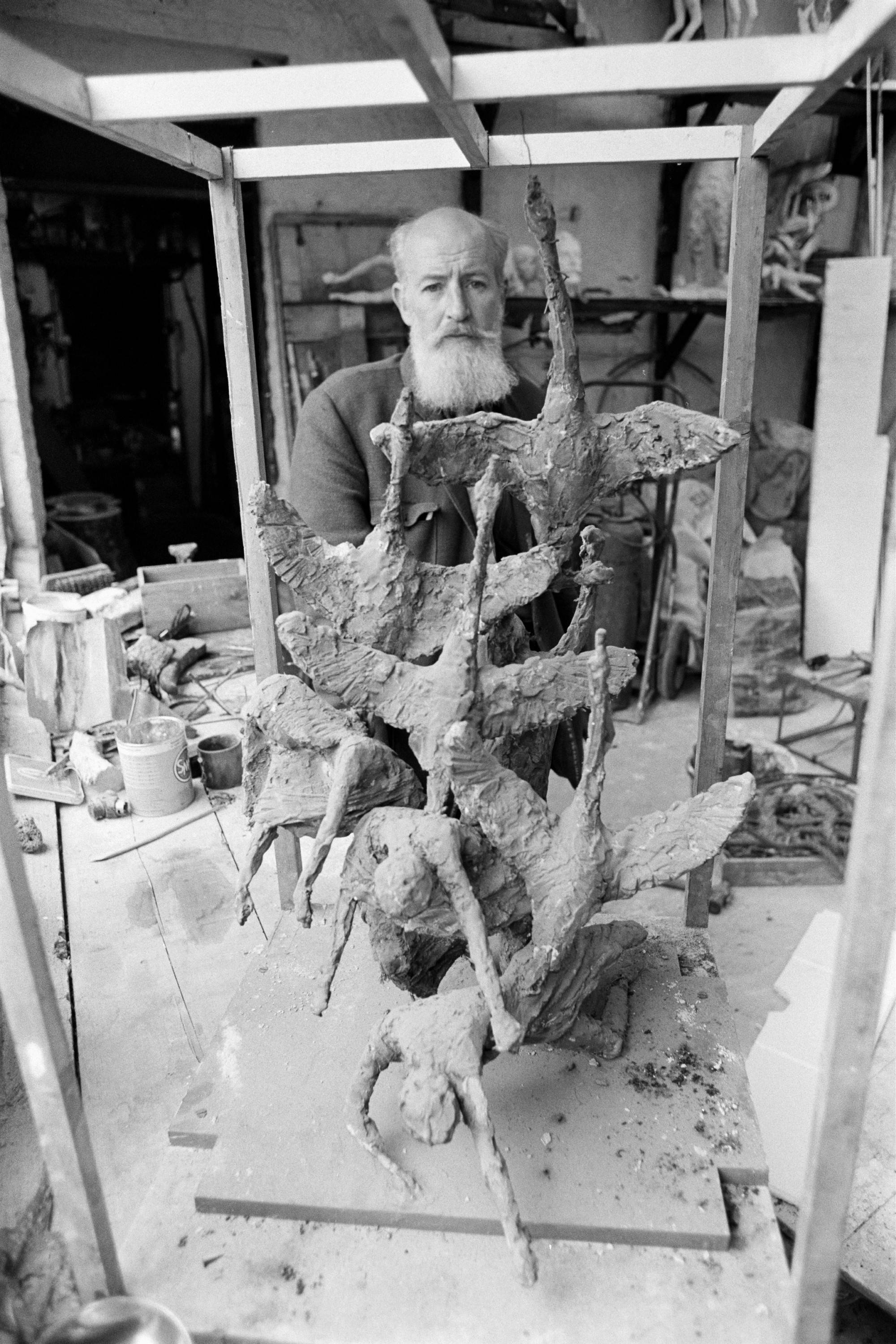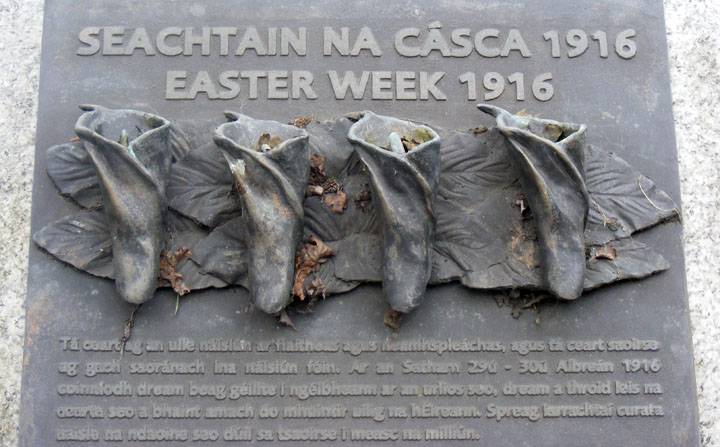Learn More
Pleasure Garden Origins
The site on which the Garden of Remembrance was built is a historic one. In the eighteenth century, it was the location of pleasure gardens which were intended to raise funds for the maternity hospital to the front of Rutland (now Parnell) Square. In the late nineteenth century, these gardens contained a large temporary building which was used as a hall, and called Rotunda Rink.
It was at Rotunda Rink in 1913 that the Irish Volunteers were formed, at a meeting reportedly attended by around 7,000 people. In 1916, the Rotunda gardens were also where many of the leaders of the Easter Rising were held, before being taken to Kilmainham Gaol for execution. The site for the Garden of Remembrance was bought from the hospital in 1939, and a competition for its design was announced the year after.
– Oisín Kelly on his sculpture in 1971.
Metaphors in Design
Architect Daithí Hanly (1917-2003) was responsible for the design of the Garden. The centre of the plan contains a large cross-shaped pool, with a tiled mosaic pattern as its base. The tiles show a picture of swords, shields, and spears thrown beneath waves; this is a nod to the Celtic custom of casting weapons into water once a battle had ended. Important objects from the history of prehistoric and medieval Ireland were woven into the structure of the Garden elsewhere; in the railings can be seen the shapes of the Trinity College (Brian Boru) harp, the Loughnashade trumpet, and the Ballinderry sword.
Hanly had left the south end of the Garden ready for the installation of a piece of commemorative sculpture. He had planned on something that depicted Éire and four warriors. In 1971 ‘The Children of Lir’ by Oisín Kelly (1915-1981) was in place, with a poem by Liam Mac Uistin (b. 1938) behind. Kelly’s sculpture compares the 900-year plight of the children in the swan legend with the historical Irish struggle.
- the 1798 rebellion of the Society of United Irishmen
- the 1803 rebellion of Robert Emmet
- the 1848 rebellion of Young Ireland
- the 1867 rising of the Fenian Brotherhood
- the 1916 Easter Rising
- the 1919-21 Irish War of Independence
On the fiftieth anniversary of the Easter Rising in 1966, the Garden was opened to the public by President Eamon de Valera, who had himself been a commander in the Rising. In 2007 a new entrance was added on the north side.
Bibliography
- Bateson, Ray. Memorials of the Easter Rising (2013)
- Bourke, Angela (ed.). The Field Day Anthology of Irish Writing vol. 4: Irish Women’s Writing and Traditions (contains a translation of the fifteenth-century Oidheadh Chlainne Lir)
- Poirtéir, Cathal (ed.). The Great Irish Rebellion of 1798 (1998)
- Ryan, Annie. Witnesses: Inside the Easter Rising (2005)
- Elliott, Marianne. Robert Emmet: The Making of a Legend (2003)
- Comerford, R.V. The Fenians in Context (1985)
Useful Links
- The Easter Rising: Understanding 1916(an exhibition at the National Museum of Ireland).
- The 1916 Rising: Personalities and Perspectives (National Library of Ireland online exhibition).
- The National 1798 Rebellion Centre.

